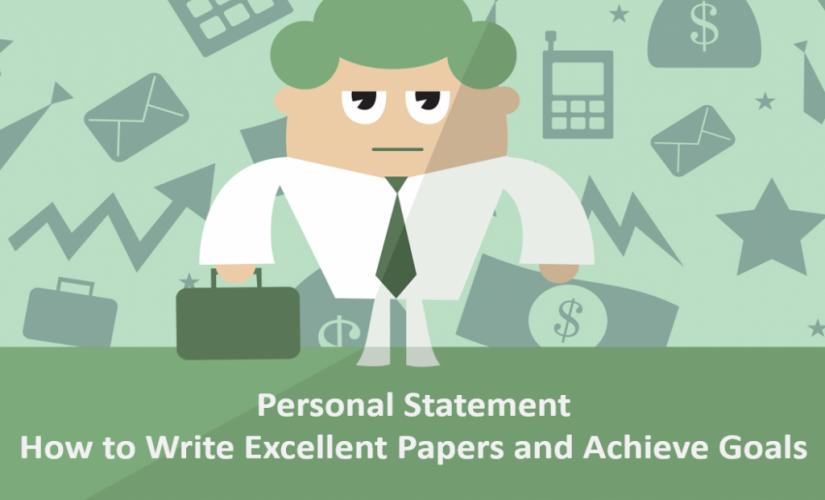Admission into higher education institutions involves a detailed application. Basically, one of the elements of the application is a personal statement. In this case, this type of paper does not fit into the genre of academic essays. Also, this feature makes it challenging for most applicants to write the paper. In turn, the personal statement, how to write it, requires people to understand its principles. As a result, the statement document has three well-integrated sections that explain the applicant’s interest in a subject, academic qualification and skill set, and extracurricular activities, which are the main features that dictate the writing process.
The Level of Interests in Personal Statements
The first section of the personal statement, how to write it, is a demonstration of a high level of interest in the program. For example, applicants must establish a definite reason for their interest in a program Basically, it shows the admissions tutor that they have a genuine interest. In the opening statements, the paper should explain the motivation for joining a particular program and the desire to put in the necessary effort for completion. Additionally, applicants must include some work experience relevant to the program. In this case, it does not necessarily mean a direct engagement in a profession. Instead, participation in work environments that develop crucial skills necessary for success in a line of work is adequate. Hence, this section provides a well-articulated explanation for an individual’s interest in a particular program supported by necessary evidence.

How to Write a Personal Statement with the Specific Set
A smooth transition to the second part of the personal statement, how to write it, discusses specific skills. Basically, the applicant has acquired them through their studies should be skillfully crafted. For example, admission tutors require students to highlight the relevant aspects of their educational background. Also, people need to cover the effect that they have in nurturing the applicant’s skills. In this case, the applicants discuss the principle subjects associated with the program. However, they must avoid repetition of information that is readily accessible from other sources. In turn, authors may mention remarkable educational achievements and extended coursework this section. Thus, the second feature of the personal statement is an overview of the relevant skills. Moreover, academic qualifications make an applicant uniquely qualified for a program.
Extracurricular Pursuits
The third segment of the personal statement, how to write, it focuses on additional aspects. For instance, the admission committee prioritizes academic excellence. However, they have a bias for applicants with an active life beyond the confines of academics. In this case, academic ambition is not the only factor evaluated in the personal statement. Also, academic tutors are on the lookout for applicants with extracurricular interests. Basically, it may demonstrate persistence, independence, self-motivation, leadership, and maturity. In turn, the preference for all-round applicants is caused by the need for the admissions board to select a group of students. Hence, people must interact with others to form a highly functional community that thrives inside and outside of class. As a result, the concluding element of the personal statement moves away from academic writing and dwells on the individual’s identity outside class.
Conclusion on Personal Statement How to Write
The personal statement, how to write it, alludes to an applicant’s suitability for a program by pointing out various aspects of their academic and personal background. Basically, the three sections of the personal statement include unique features, which can easily stand out in a competitive admission process. Thus, the applicant should strike the right balance between academics and personal details for the personal statement to have the ideal effect.

